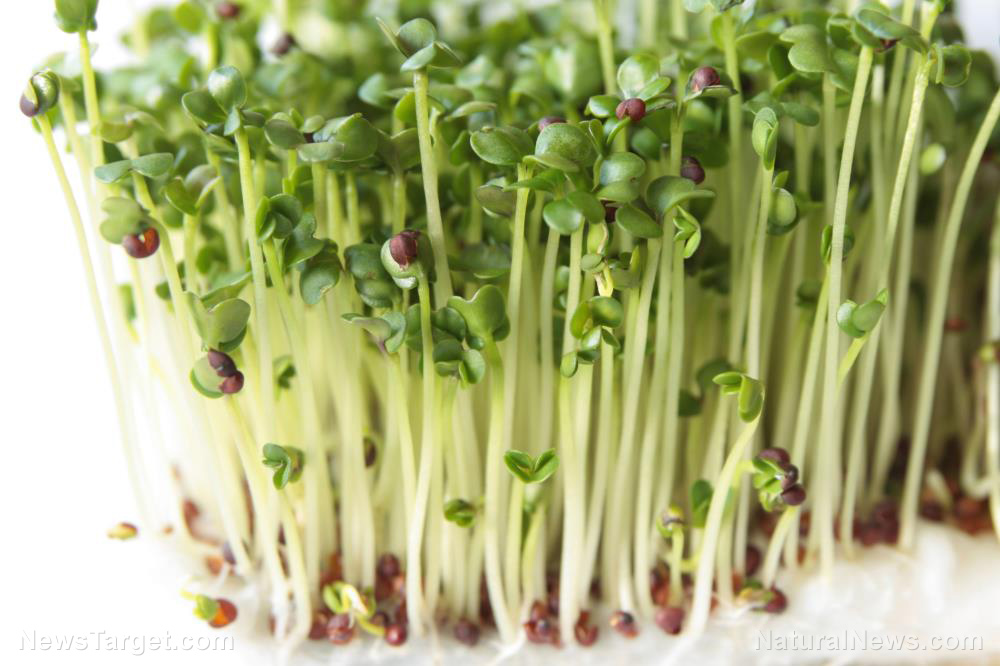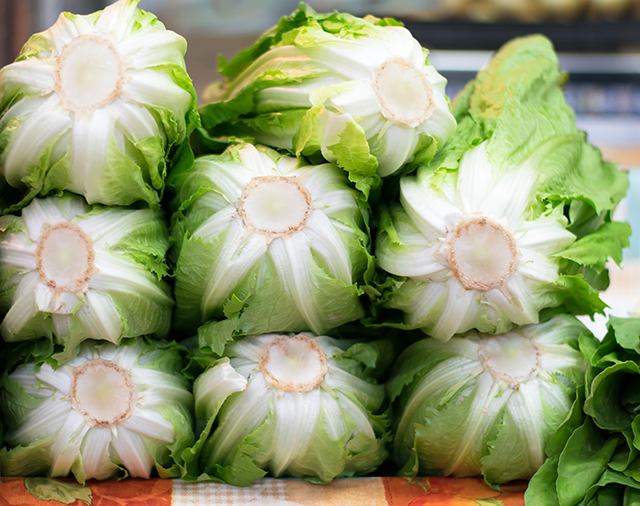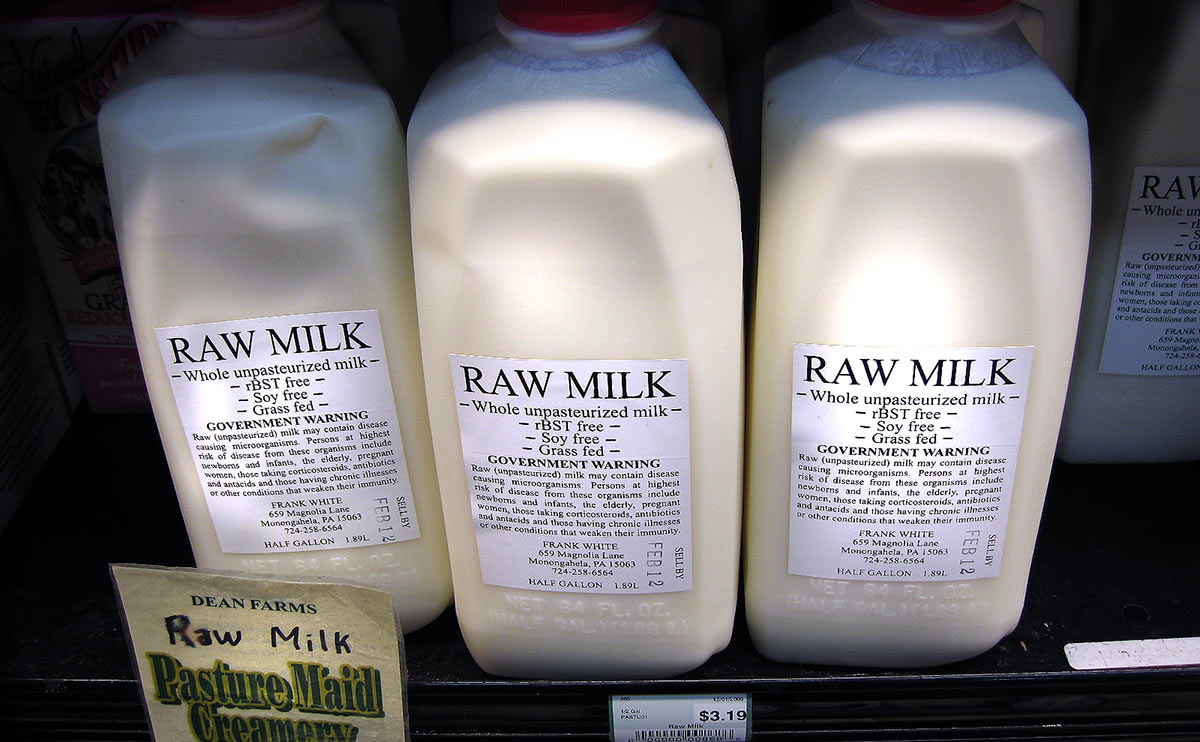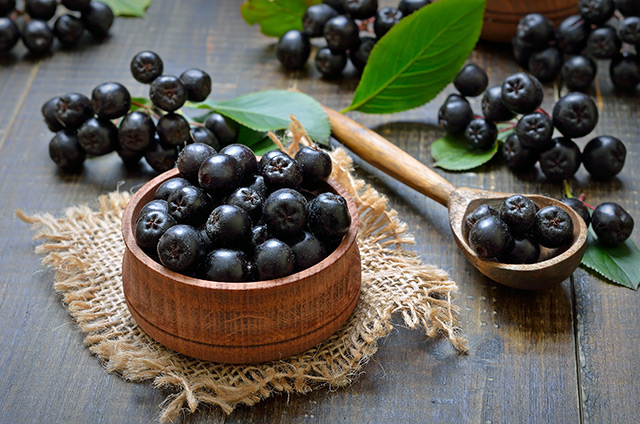Food supply 101: Differences between farm-fresh eggs and store-bought eggs
08/06/2021 / By Zoey Sky

Store-bought eggs are laid by caged chickens fed an unnatural diet with antibiotics that may be harmful to your health. Meanwhile, farm-fresh eggs are laid by chickens set free on pastures to forage for their own food.
Here are some of the important differences between farm-fresh and store-bought eggs, from shell color and taste to nutrient content. (h/t to TheHomesteadingHippy.com)
Freshness
It’s difficult to determine the freshness of store-bought eggs, especially since cartons have a sell-by date that’s usually about three weeks past packaging. This also doesn’t accurately determine how long it took to transport the eggs from the egg farm to the production line for packaging.
According to the Food and Drug Administration (FDA), eggs should be used within three weeks of purchasing them. When buying from a farmers’ market, the eggs may vary from a day to a week old since small-scale farmers have to collect during the week for a weekly market.
If you’re raising hens on your homestead, you should collect eggs twice a day so what you sell at the farmers’ market or cook at home is fresh. Note that eggs that aren’t as fresh will have a runnier white when cracked in the pan.
Taste
The yolks of fried farm-fresh eggs taste slightly creamier than the yolks of store-bought eggs, and their whites have an opaque quality. Their whites are also slightly firmer and definitely a little tastier. In contrast, the whites of store-bought eggs are slightly translucent and less substantial.
According to research, pasture-raised farm eggs are tastier and more nutritious than commercially produced store-bought eggs.
Yolk density
Eggs from pasture-raised chickens have yolks that don’t break as easily as the yolks of store-bought eggs. There are several possible reasons for this.
Pasture-raised chickens roam free and they can forage for their own food. Besides their food rations, they can nibble at various plants and scratch the ground for insects or grubs.
Meanwhile, commercial chickens kept for egg-laying are usually fed a diet that includes corn, cottonseed and soy. Corn doesn’t provide sufficient protein, which can explain why the yolks of store-bought eggs break easily.
Additionally, free-range chickens don’t receive hormones or antibiotics. Commercial laying hens consume a feed that contains antibiotics to prevent diseases that can easily infect thousands of birds crowded together.
Older hens tend to lay eggs with weaker yolks. The vitelline membrane holds the yolk in its place within an egg, but as the egg gets older, the moisture from the egg white gets absorbed into the yolk. This makes the yolk bigger, but it also weakens the vitelline membrane.
Farm-fresh eggs have a domed yolk while older, commercially farmed eggs have flatter yolks. The former also have creamier yolks while the latter have runnier yolks.
Yolk color
Light-colored hens don’t lay eggs with light-colored yolks, just like brown hens don’t produce eggs with darker yolks. A hen’s breed only affects the color of the eggshell and not the contents.
The yolk color is determined by what the hen eats. Commercially produced eggs have a light to medium yellow yolk while farm-fresh eggs have a deeper-colored yolk.
According to studies on hen diets, when hens consume various bugs, natural seeds and grasses, xanthophylls — the carotenoid pigments in certain plants — affect the color of their egg yolks. On the other hand, since commercial laying hens are usually fed a mix with too much corn, their yolks have a medium yellow color. (Related: Egg nutrition facts: How many calories are in an egg?)
Yolks with a deeper color contain more lutein. Increased consumption of this carotenoid can help prevent macular degeneration and cataracts in older people. While green leafy vegetables and yellow-orange vegetables also contain lutein, its best source is egg yolks. The lutein in egg yolks are 200 to 300 percent more bioavailable (utilized and absorbed) than plant-sourced lutein.
Eggshell strength
Farm-fresh eggshells are usually thicker and harder than those of eggs laid in commercial egg-producing units. Pasture-raised chickens are free to bask in sunshine and soak up vitamin D, while factory chickens are kept indoors. Their higher calcium and vitamin D3 content helps keep the shells of natural-raised eggs stronger.
Keel bone damage can affect the ability of a hen to produce calcium, and this affects the calcium levels of their eggs. Keel bone damage occurs when hens are roughly handled or when they attempt to fly to a higher perch and miss, landing awkwardly on their keel bone. This issue is common in both commercial laying hens and pasture-raised hens.
Eggshell color
Brown eggs sold in supermarkets aren’t better than light-colored eggs. In fact, egg color is less important than egg whites and yolks. Egg color is graded from zero to nine, with white eggs at zero and the darkest brown egg graded nine. Lighter brown eggs are very common and there are several breeds that lay different shades of green eggs. Unusual breeds of chickens produce blue eggs, with colors varying from pale blue to an intense sky blue.
Size
Egg size is determined by the size of the chicken. The bigger the breed, the bigger the egg. Pasture-raised chicken will lay eggs of a similar size to those laid by commercially reared hens. Farm-fresh eggs can also be smaller if the hens are very active.
What chickens are fed can also affect the size of the eggs they lay. A higher intake of nutrients like amino acids, protein and linoleic acid can help increase egg size.
Hens fed a fat-free diet lacking in linoleic acid, which is found in oil-producing plants, will lay smaller eggs. Hens must feel safe to produce decent-sized eggs. Stressed hens may produce smaller eggs.
If you don’t have hens on your homestead, look for farm-fresh eggs at the nearest farmers’ market to ensure that your breakfast is made only with nutritious eggs.
Sources include:
Tagged Under: eggs, farm-fresh eggs, food supply, homesteading, off grid, preparedness, prepper, prepping, store-bought eggs, survival, survival food, sustainable living
RECENT NEWS & ARTICLES
COPYRIGHT © 2017 FRESH NEWS




















